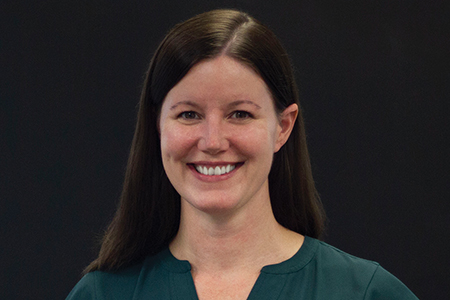Sponsor Challenges When Outsourcing Sterile Injectables
By Kate Hammeke, VP of Market Research, Industry Standard Research (ISR) @ISRreports
 Current demand for sterile injectable drug product manufacturing is fed by several dynamics. Biologic drugs in biopharmaceutical companies’ pipelines — roughly five on average among survey respondents — need to be delivered by injection due to molecule size. There are 3.6 small molecule compounds in development on average among respondents that will be sterile injectable formulations. Biopharma companies that have reduced internal manufacturing in order to focus on core competencies may no longer have internal expertise or capacity. Some biopharma companies have dedicated all internal capacity to existing marketed products, meaning either their new drugs or some portions of their portfolios will need to be outsourced in the future. Lastly, many new and virtual biopharma companies have no internal manufacturing and must outsource.
Current demand for sterile injectable drug product manufacturing is fed by several dynamics. Biologic drugs in biopharmaceutical companies’ pipelines — roughly five on average among survey respondents — need to be delivered by injection due to molecule size. There are 3.6 small molecule compounds in development on average among respondents that will be sterile injectable formulations. Biopharma companies that have reduced internal manufacturing in order to focus on core competencies may no longer have internal expertise or capacity. Some biopharma companies have dedicated all internal capacity to existing marketed products, meaning either their new drugs or some portions of their portfolios will need to be outsourced in the future. Lastly, many new and virtual biopharma companies have no internal manufacturing and must outsource.
ISR asked 101 outsourcers of sterile injectable drug product manufacturing about their main reasons for engaging CMOs for this work. Half of the respondents (49 percent) must outsource due to a lack of in-house capacity; 28 percent said their companies have no internal manufacturing capacity and outsource all drug substance and drug product manufacturing. Another 21 percent use CMOs for all sterile injectable manufacturing because they lack in-house capacity for sterile injectables. Forty-four percent of respondents reported using CMOs to augment their internal manufacturing capacities.
In the research, ISR asked, “What is the biggest challenge your company faces when outsourcing sterile injectable drug product manufacturing to CDMOs/ CMOs?” Considering there were various factors driving the need to outsource among respondents, it was not surprising to see several “biggest” challenges listed by research participants. It was surprising that there was no single standout challenge. Instead, the data shows there was nearly a four-way tie for the biggest challenge: tech transfers (23 percent), available sterile filling capacity for small volumes (22 percent), analytical development and/or analytical testing capabilities (21 percent), and identifying CDMOs with ADC filling capabilities (20 percent). Other challenges included assay transfers (8 percent) and visual inspection (4 percent).
THIS PROBLEM COULD IMPACT ANY STERILE INJECTABLE OUTSOURCER
In addition to asking about their biggest challenges, ISR asked respondents to describe why their selections were the most challenging aspects of outsourcing sterile injectable drug product manufacturing. The explanations provided by respondents who identified a lack of available capacity for small volumes suggest that, while an absence of available capacity isn’t the biggest problem for all respondents, it is a problem that could potentially impact any outsourcer of sterile injectables, which is why it’s ripe for further exploration here.
In taking a closer look at the reasons offered, a common theme surfaces: (if available, when one needs it) small volumes come with a high price. This opinion was voiced in a variety of ways, such as: “Small volume means small spend, and this acts as a counterincentive for the CMOs,” “Hard to find partners at an appropriate price for smaller volumes,” “Most companies do not provide less than 5,000 vial capacity due to line time and changeover requirements,” “Small runs are not welcome by CMOs. Come with high costs, which is not advantageous,” and “Timelines are unrealistic to manufacture clinical supply.”
Perhaps the greatest challenge for CMOs in the space is that the costs associated with small volume parenteral manufacturing have created the belief that CMOs do not want small volume work. Whether there is truth to this idea doesn’t matter much; it has infiltrated the minds of outsourcers, and CMOs need to do something about it.
KATE HAMMEKE is VP of market research at Industry Standard Research.
